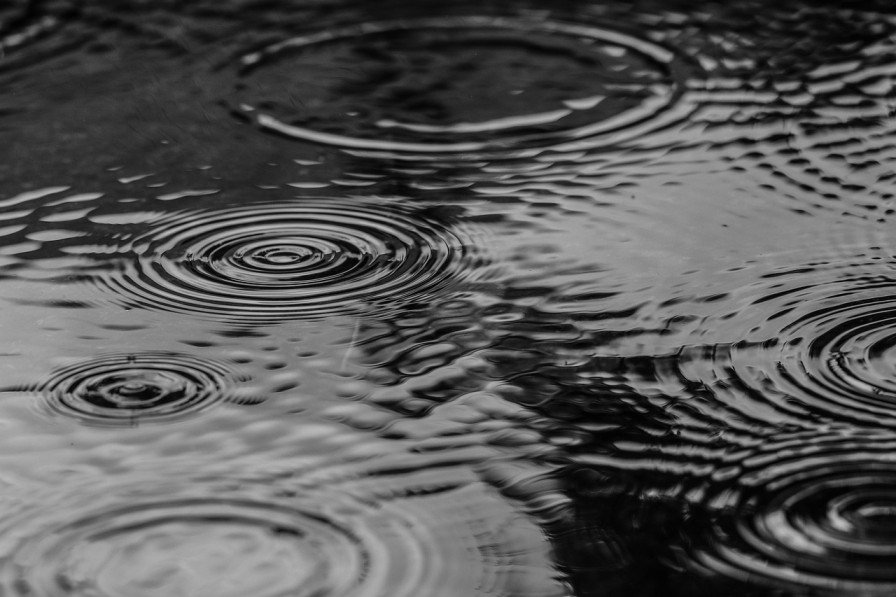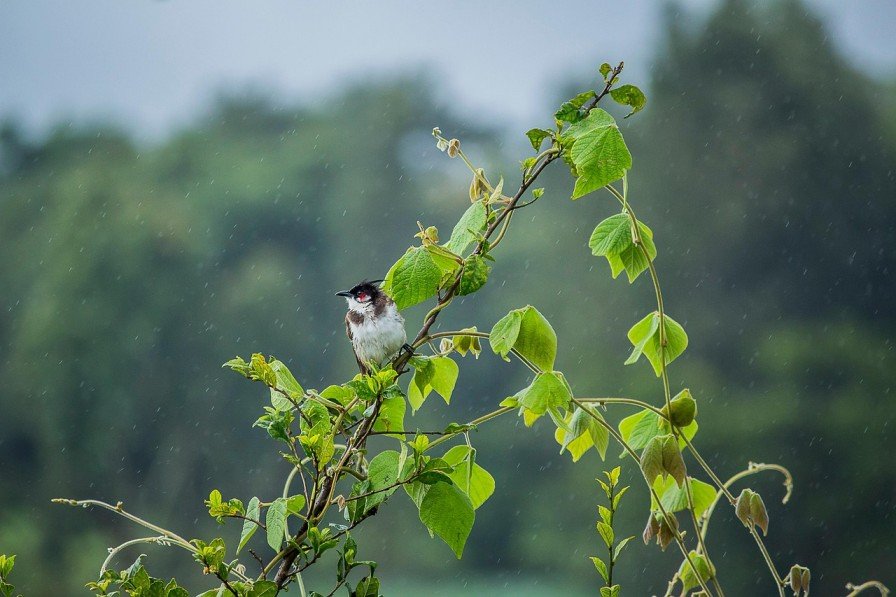It’s Weird How Climate Change Is Reshaping The Monsoon
Climate change is transforming the planet which is why it impacts every corner and season of the planet and that raises a question “How climate change is reshaping the monsoon” as from the last few years, monsoon patterns and it’s impacts have shifted dramatically.
The monsoon this year is very close and it’s a great time for India to enjoy the season and replenish the environment and currently the southwest monsoon is advancing quickly due to the atmospheric, and oceanic factors and soon going to address landfall over the subcontinent soon.
As per IMD, monsoon will simultaneously disturb and strike the Northeast and Kerela.
Table of Contents
How Climate Change Is Reshaping The Monsoon

Earlier Monsson were known because of their predictable arrival and behavior but since the past few decades, especially the last decade it has been challenging to see how monsoon patterns have been changing and this is primarily due to climate change which is primarily triggered by anthropogenic activities and some natural reasons.
Climate change is getting unpredictable these days and especially there are international cooperation, and agreements but still we are unable to control it and today it’s changing the monsoon patterns like never before.
- Recently monsoon are either delayed or arrive early which is quite unusual especially for the farmers and the agriculture sector
- Even though pre-monsoons have been pretty much kind to Assam this year while it’s raining on a continuous manner since March this year in the state and despite of such rainfall patterns there is 14% deficit in pre-monsoon rainfall
- For district wise rainfall statistics, it has been quite sharp contrast in pre-monsoon season
- For Example: Majuli and Biswanath saw rainfall increase and deficit respectively while Majuli saw 128% excess rains, Biswanath saw deficit by 82%
The Indian Monsoon Complexity
The Indian monsoon since 1000’s of years has helped the sub-continent and India especially recharging groundwater, helping flora to thrive and grow, helping fauna, rejuvenating the soil and much more.
After the intense summer’s scorching heat affects everyone, monsoon begins.
There are many factors that can influence monsoon phenomena like:
- Indian ocean Dipole
- ENSO phenomena
- Temperature Difference between land and sea
All these factors together can lead to uneven rainfall in the region as some regions receive heavy burst of rainfall but some regions receive little to no rainfall affecting the economy and agriculture sector triggering food insecurity and impacting sustainable development goals.
The irregular rainfall patterns:
- Often disturb states which rely heavily on rains
- Affects the Groundwater of the region
- Affects the Hydropower generation
- Many times, erratic rainfall during monsoon triggers extreme weather events also driven by climate change leading to intense cyclones, floods, droughts in dry regions, earthquakes, lashing rainfall with cloud bursts, and much more
The shift in monsoon is a serious challenge for both urban and rural areas risking agriculture, infrastructure, local climate, daily weather, water, human health biodiversity, economy of the state and much more.
To adapt to new changing climate and mitigate things accordingly, government is trying its level best in order to focus on:
- climate-resilient agricultural practices
- introducing new crops
- infrastructure
- shifting to renewable
- investing in the early warning weather systems
Conclusion On How Climate Change Is Reshaping The Monsoon

Climate change is really alarming and at this stage, it is concerning for our future generation and especially the way it’s impacting monsoon patterns it is likely to affect the rainfall patterns of each state that can change the ecosystem, food choices, and overall environment of the region.
Monsson for India is extremely important, especially to recharge everything which is why we need to deal with climate change as soon as possible.







